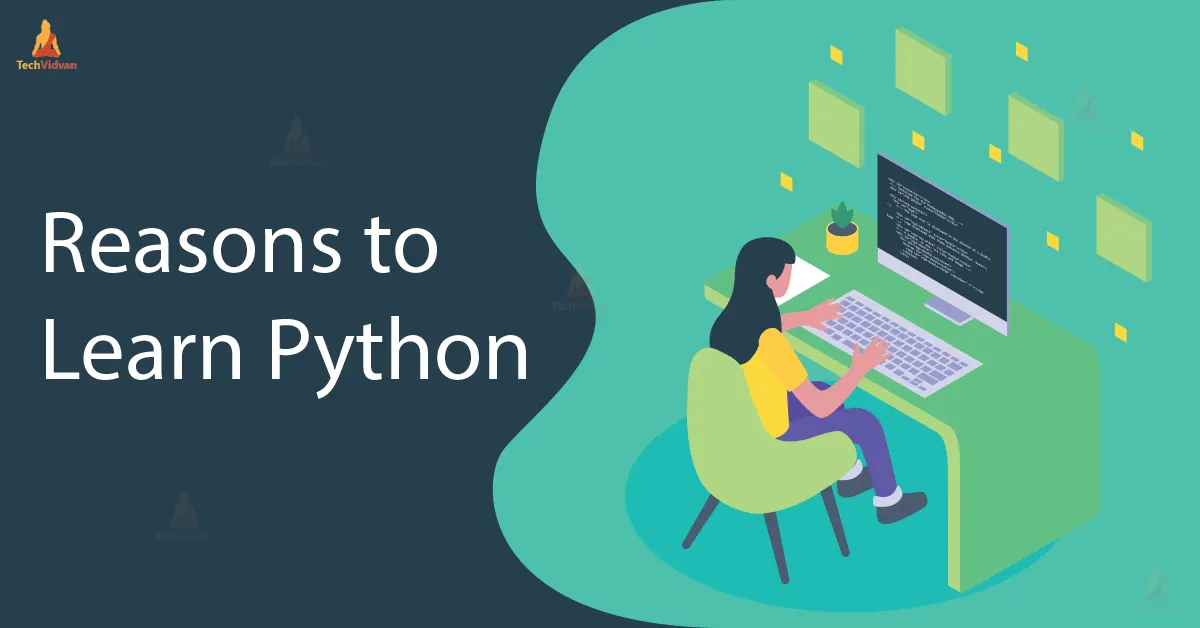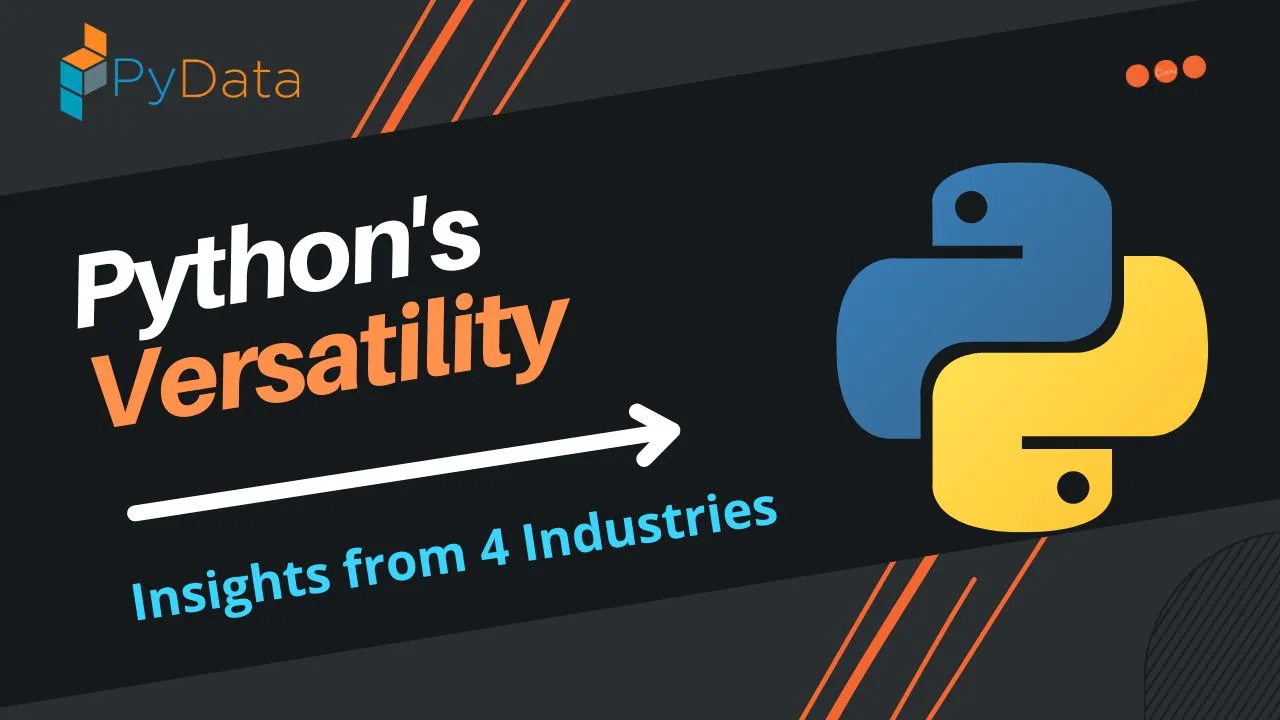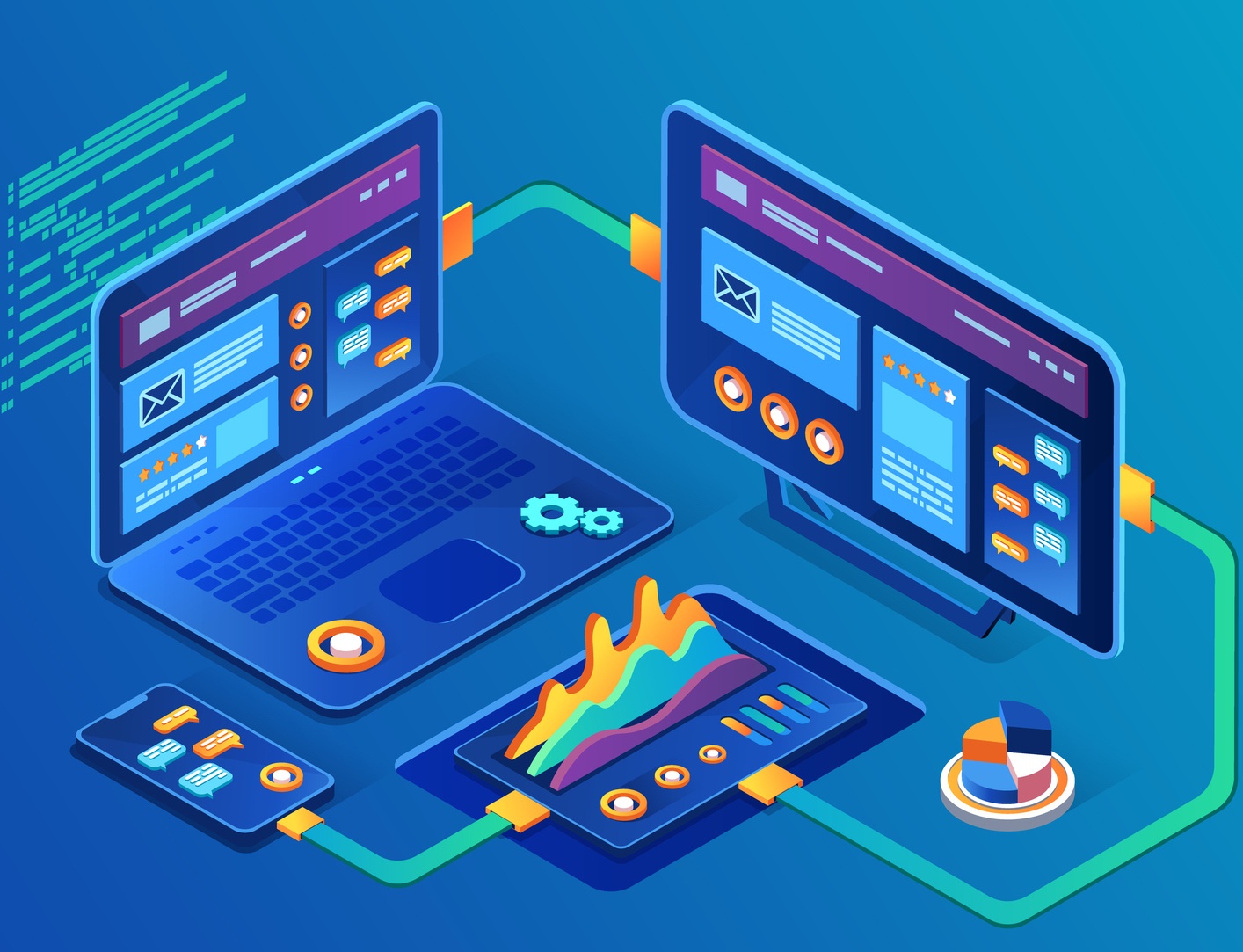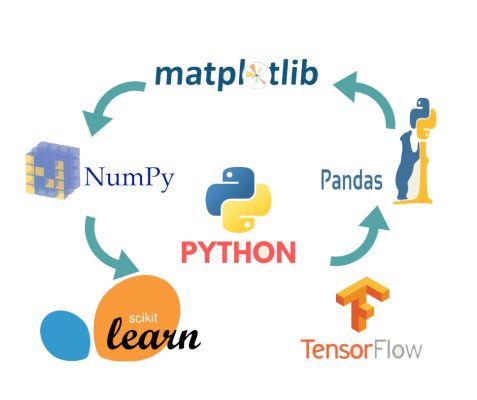1. Introduction to Python:
This is a basic programming language widely used in today’s world and this language is known as Python. Prominent for its simplicity, the capability to read code easily and use cases, Python has earned its rightful place as the language of choice for newcomers and advanced coders. If it is web development, data science, artificial intelligence, or automation, you’ll find that there is a solid platform for it in Python.
Here in this guide, you will be having an introduction on what Python is all about, history of python, Key features of python and etc. We will also introduce you to how Python works in terms of syntax, structure and some general practices in programming with Python. The flow of this post should allow you to have a working knowledge of how to begin to code in Python as well as the versatility of the language.
1. Python History and its Evolution.
Python is a category of languages that was first invented in late 1980s by a programmer in National Research Institute for Mathematics and Computer Science in The Netherlands, Guido van Rossum when he required an easy language to read as well as comprehend. However, to the surprise of many, Python’s initial version when it was released was Python 0. x.. This was the commencement with the, Mark933: version 0which was released in 1991. Later, it changed its versions and at currently it is in use of Python 3. Of them, x is the most updated and popular edition.This language was called Python, in honor of the British comedy troupe Monty Python, which guidline van Rossum to make programming a entertaining and easy task. With time, Python has develop has more popularity due to its simplicity by some users and availability of an extensive support network.
2. Why Learn Python?
*. There are several reasons why Python is an excellent choice for beginners. There are several reasons why Python is an excellent choice for beginners:Ease of Learning: Writing code in the python language is quite easy for the basic understanding because of its simple syntax. This code is not very far from what is popularly referred to as plain English, which makes it easy for new programmer to learn.
1. Versatility:
Python is an example of polymorphic language since it can be applied for different forms of programming and software creation. Python has all the tools and libraries for any kind of software development projects irrespective of the field you are interested in like web development, data analysis, machine learning or game development.
2. Strong Community Support:
It is worth noting that Python boasts of an incredibly large, vibrant and an innovative community of developers. This is to mean that there are many tutorials, forums and documentation to support the learner throughout the learning process.
3. Cross-Platform Compatibility:
Python is platform-independent, that is one can develop the code on Python on different operating systems such Windows, macOS and Linux. Due to this flexibility, Python is regarded as a valuable language for developers especially the one working in the various setting.
4. Rich Libraries and Frameworks:
Extensibility is another strength of Python that is characterised by availability of many libraries and frameworks. For instance, Django and Flask are web frameworks used in the development of web applications while TensorFlow and PyTorch are used in machine learning.








0 Comments